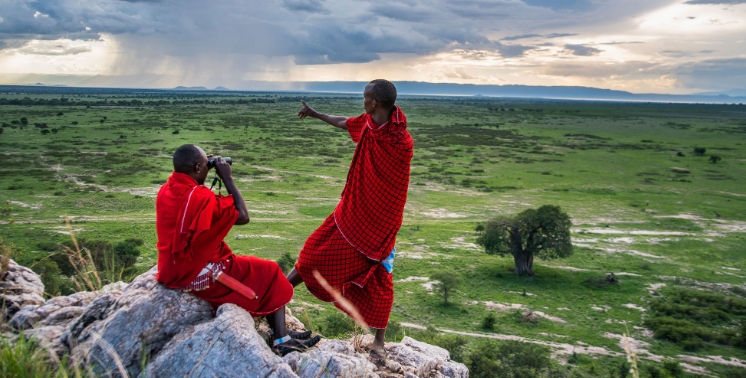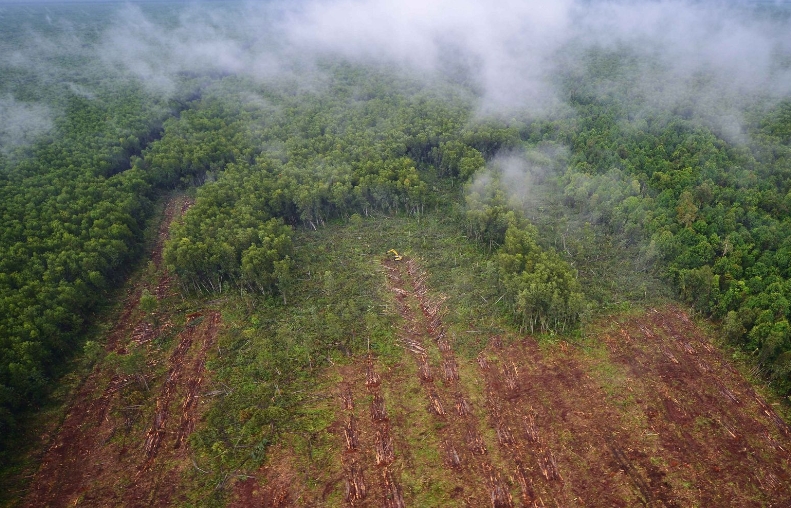
Increasing needs for food, energy, minerals, and infrastructure are propelling development driven by commodities and extraction into previously untouched areas. Such expansion jeopardizes both Indigenous populations and the lands they oversee, lands that are vital in conserving global biodiversity and climate change mitigation. This underlines the urgency to back Indigenous guardianship and the integration of revolutionary, rights-oriented conservation strategies.
By the Numbers: A Comprehensive Study
Nature Conservancy scientists, in a groundbreaking study, indicate that industrial progression endangers over 60% of Indigenous territories, equivalent to an area nearly seven times the size of India, spanning 64 countries. Socioeconomic and political landscapes in some of these nations might intensify the threat of land conversion. Christina Kennedy and Brandie Fariss’s research in One Earth delivers the inaugural worldwide evaluation of conversion risks, spotlighting areas where collaboration can yield mutual advantages for nature and humanity.
Unveiling the Gravitas of Indigenous Governance
Although Indigenous communities comprise just 6.2% of the global populace, they hold sway over nearly a fourth of all lands globally. Notably, 92% of these territories remain ecologically stable, as observed by Kennedy and Fariss. Indigenous guardianship, deeply intertwined with their unique lifestyles, wisdom, and ties to their lands, has been instrumental in safeguarding regions vital for local and global ecological balance.
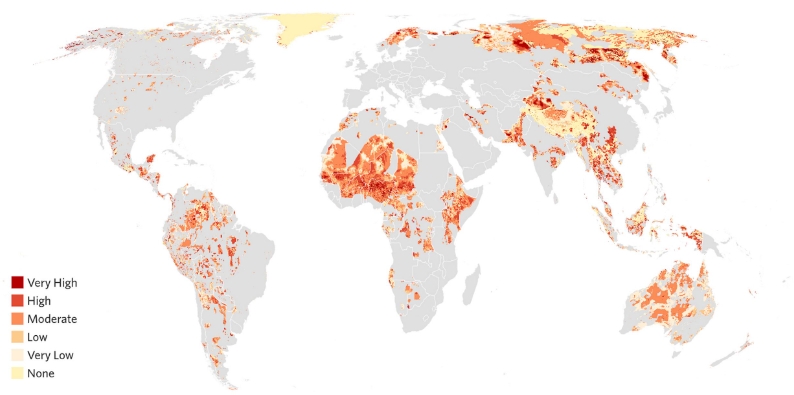
However, a staggering 60% of these lands stand on the brink of potential incursions from oil, gas, renewables, mining, agriculture, and urban sprawl. Such developmental challenges differ across regions in intensity and impact.
Christina Kennedy, a co-author, emphasizes:
“Every developmental proposal demands meticulous examination, factoring in the ethos, needs, and viewpoints of the Indigenous communities.”
Navigating Conversion Risks: The RRC Index
The efficacy of Indigenous communities in safeguarding their territories from industrial encroachment hinges on factors such as:
- Security over land and resources (Rights);
- Adequate representation in decision-making (Representation);
- Access to funds that bolster conservation and sustainable growth (Capital).
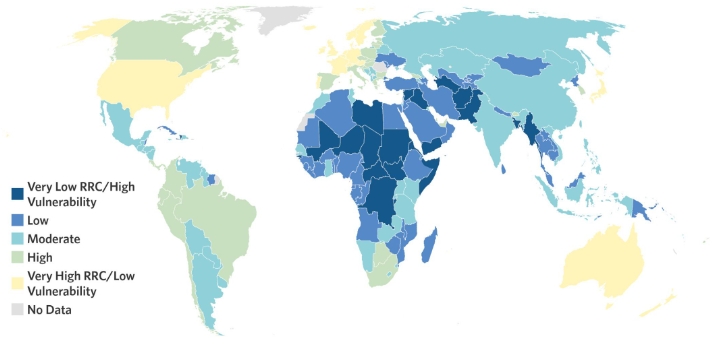
Kennedy and Fariss’s pioneering Rights-Representation-Capital (RRC) Index offers insights into susceptibility to conversion. This data can direct strategies to bolster Indigenous guardianship in the face of mounting challenges. Targeted interventions, ranging from participatory mapping to promoting robust corporate responsibility standards and enhancing participation in decision-making processes, can offer significant support.
Charting the Future: Embracing Indigenous Leadership
Indigenous-led conservation initiatives are pivotal in ensuring protection for 30% of the world’s ecosystems by 2030, a goal endorsed by nearly 200 countries as part of the Global Biodiversity Framework (GBF). As 39% of the world’s most pristine landscapes are overseen by Indigenous communities, the GBF’s success hinges on their ongoing commitment.
Co-author Brandie Fariss stresses the significance of earnest collaboration with Indigenous groups in both developmental and conservation realms. Echoing this, the comprehensive global conversion risk assessment by Kennedy and Fariss can serve as a blueprint.
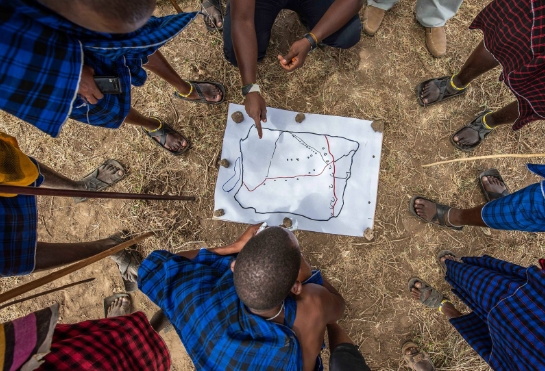
Fariss asserts:
“Embracing equitable, rights-oriented, and Indigenous-centric strategies can fortify Indigenous rights and minimize conversion threats.”
In conclusion, Kennedy and Fariss underline:
“Despite the looming threats, solutions exist. There’s a clarion call for philanthropists, policymakers, corporate leaders, and conservationists to champion transformation. By prioritizing Indigenous rights and leadership, we can collectively combat biodiversity depletion and climate change.”
